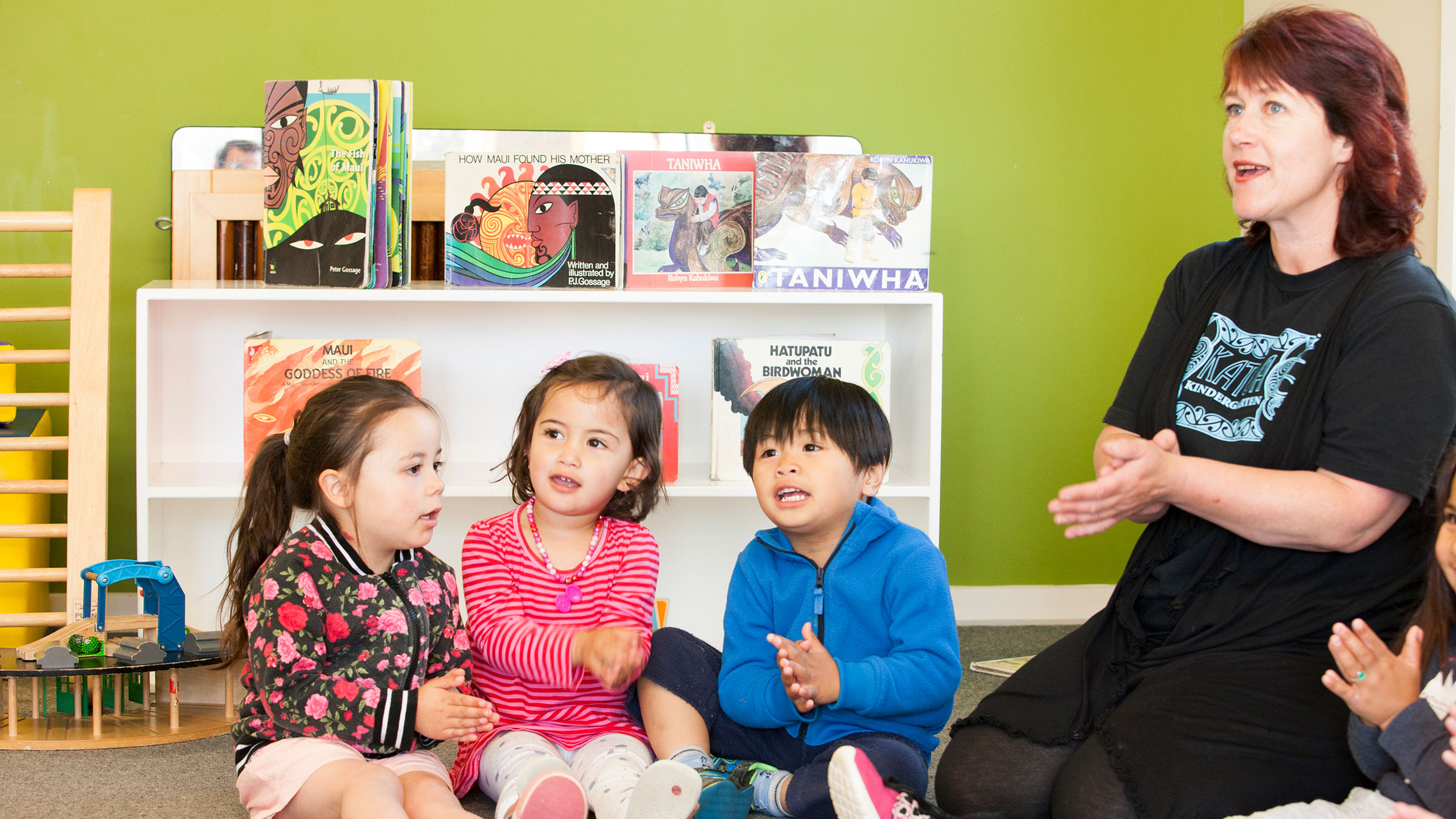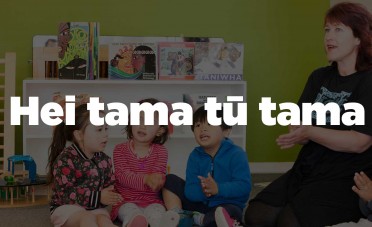Play tākaro ā-ringa | hand games: hipitoitoi, hei tama tū tama, and whakaropiropi ai, and explore their whakapapa and tikanga.
Exploring te ao kori
Exploring te ao kori activity collections.

Include hapū, iwi, and mana whenua
Techniques, tikanga, and kupu for tākaro ā-ringa vary between hapū and iwi. Acknowledging mana whenua and learning popular tākaro ā-ringa from your area can begin with conversations and partnerships with ākonga and whānau who bring expertise to the classroom. If you have no Māori whānau, or hapū or iwi connections, within your school, seek introductions to Māori communities through Kāhui ako/school networks, or talk to the strategic advisor Māori at your regional Ministry of Education office.
Whakapapa
Tākaro a-ringa play an integral part in the development of physical attributes such as hand and eye coordination. Traditionally, the arts of pleasure were attributed to Raukatauri and Raukatamea. Attributing games and pastimes to hautupua (legendary characters) explained the origins of these amusements. The season when recreational games and pastimes were often played was just after the crops were harvested and stored. During this harvest festival, Māori gave themselves over to ngā mahi ā te rēhia, a te harikoa – the arts of pleasure and of joyfulness. There are many traditional pastimes which strengthen physical and mental agility. Some examples are hipitoitoi, hei tama tū tama and whakaropiropi ai.
Te reo Māori vocabulary
- Hei tama tū tama – a hand game
- Hipitoitoi – a hand game
- Ngā mahi a te rēhia – games and pastimes
- Tākaro ā-ringa – hand games



